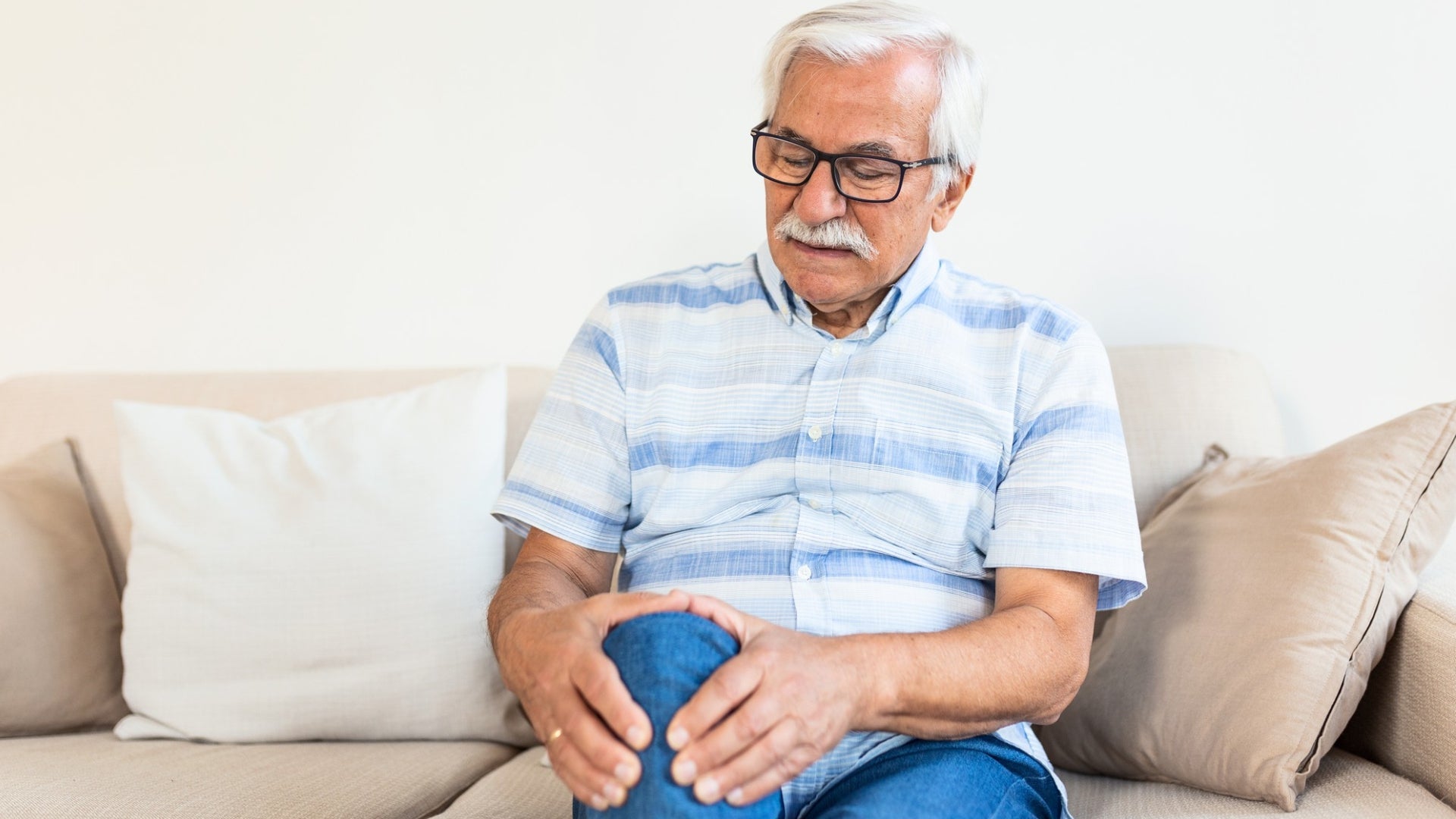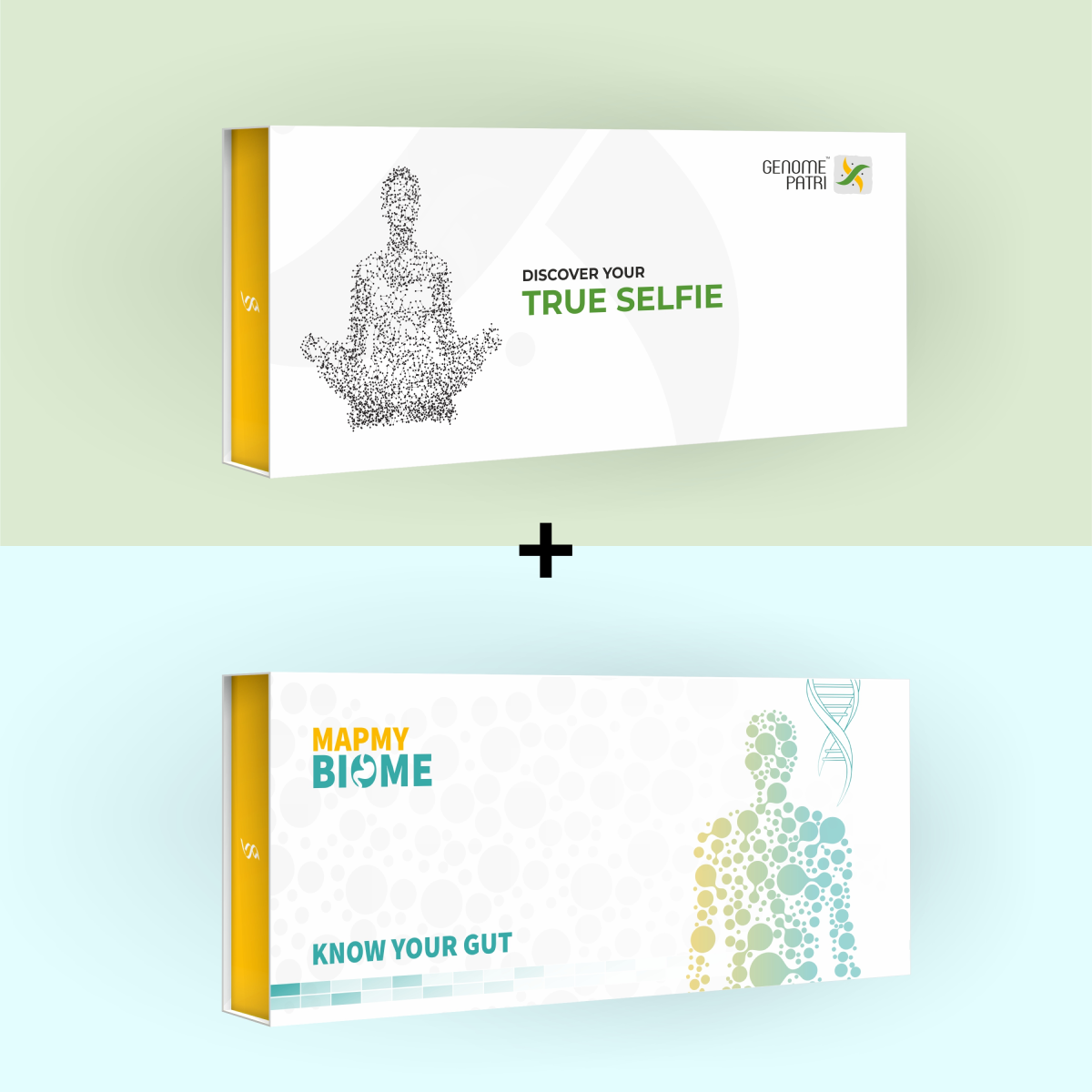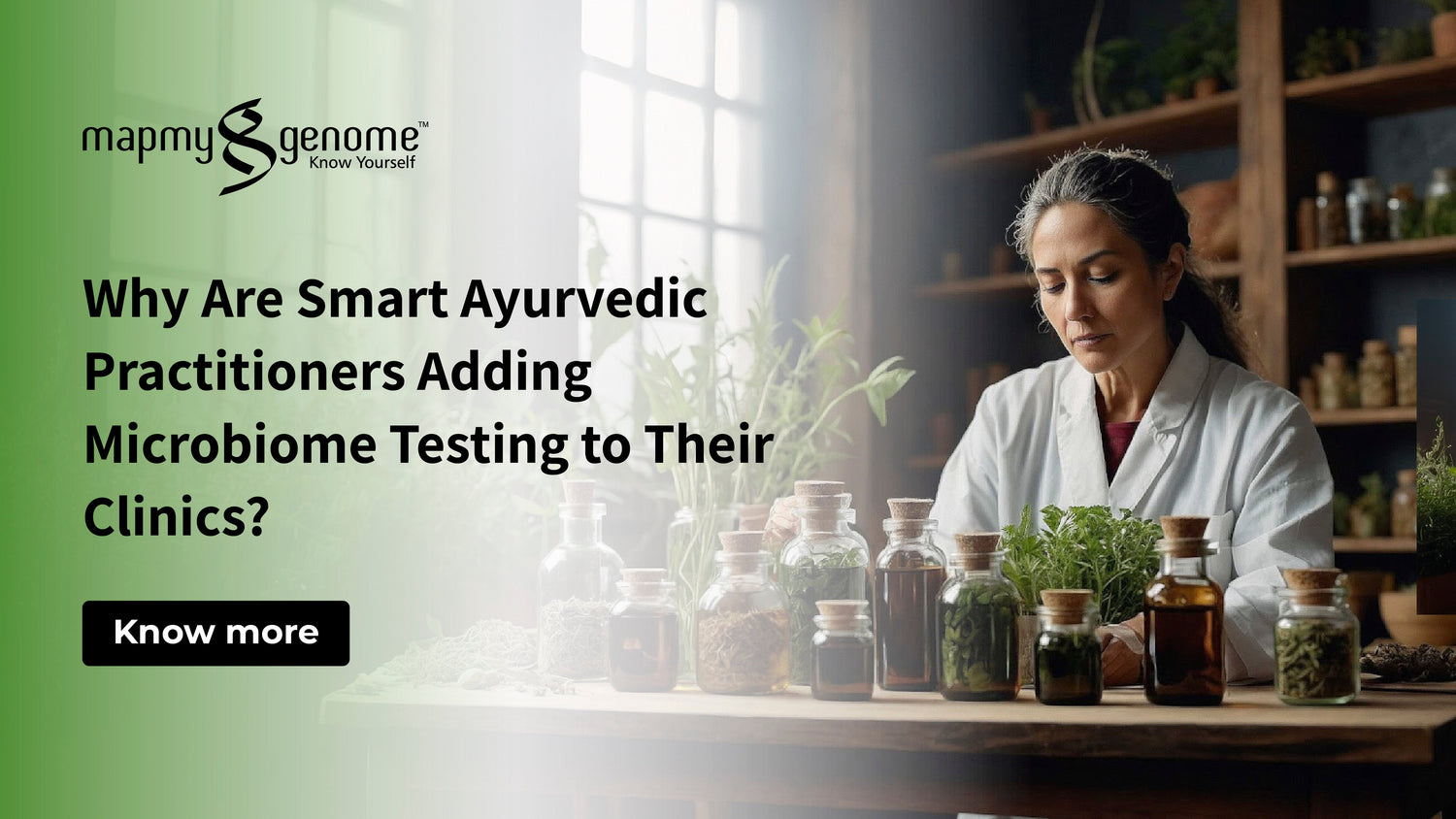Did you know that your bones constantly change and renew throughout your life? Your bones are the foundation of your body, supporting your every move and protecting your vital organs. But what happens when your bones become weak, and break easily? This is the reality for millions of people who suffer from osteoporosis, a disease that causes bone loss and increases the risk of fractures.
Osteoporosis is often called a silent disease because it usually has no symptoms until a fracture occurs. Osteoporosis can affect anyone, regardless of age, gender, or ethnicity, but it is more common in older people, especially women after menopause. That's why it's important to take action for your bone health.
On October 20th, we celebrate World Osteoporosis Day, a global campaign that aims to raise awareness of osteoporosis and its prevention, diagnosis, and treatment. This year's theme is "Step Up For Bone Health", which highlights the importance of a bone-healthy lifestyle as the foundation for strong bones and a fracture-free future.
Watch out for these
Osteoporosis is caused by an imbalance between bone formation and bone resorption, the processes that build and break down bone. Normally, these processes are in harmony, keeping your bones strong and healthy. But as you age, or due to certain factors, such as genetics, hormones, diet, lifestyle, or medications, bone resorption can outpace bone formation, leading to bone loss and osteoporosis. Osteoporosis does not have any obvious symptoms until a fracture occurs. Some of the signs and symptoms that may indicate you have osteoporosis include:
- Back pain, caused by a broken or collapsed bone in the spine.
- Loss of height over time.
- A stooped posture.
- A bone that breaks much more easily than expected.
A fracture can happen from a minor fall, a bump, or even a sneeze. The most common sites of fracture are the hip, spine, and wrist. Fractures can cause pain, disability, loss of independence, and reduced quality of life. So if you have any of these symptoms, you should see a healthcare provider and get a bone density test (BMD) to check your bone health.
If you have a family history of osteoporosis or other risk factors, such as being postmenopausal, having a small frame, or taking certain medications, you should talk to your doctor about screening and prevention strategies. Your doctor may recommend bone density tests or medications that can slow down bone loss and prevent fractures.
Genetic factors may account for more than half of the variation in bone density among people. Bone mineral density (BMD) is a measure of how much calcium and other minerals are present in the bones. Low BMD can lead to osteoporosis and other bone-related ailments. Some people are genetically predisposed to having a low BMD. A genetic predisposition test can help you understand your genetic predisposition for low BMD which can help you make proactive measures for managing your risk.
What you can change
The good news is that osteoporosis can be prevented and treated. You can protect your bones by making some of these changes to your lifestyle.
Calcium and vitamin D. Calcium is essential for building and maintaining strong bones, and vitamin D helps your body absorb calcium and use it for bone health.
Exercise. Regularly exercising, especially weight-bearing and resistance exercises, helps stimulate the cells that make new bones and improve muscle strength and balance. Weight-bearing exercises are those that make you work against gravity, such as walking, jogging, dancing, or climbing stairs. Resistance exercises are those that use weights, bands, or your own body weight to create resistance, such as lifting, pushing, or pulling.
Protein. Protein is found in every cell in your body, including your bones. Studies have shown that eating protein increases bone mineral density. You can get protein from animal or non-animal sources, such as meat, poultry, fish, eggs, dairy products, beans, nuts, seeds, soy products, and grains.
Avoid smoking and limit alcohol consumption. Smoking can interfere with the production of new bone cells and increase the breakdown of existing bone cells. Alcohol can also affect your bone health by reducing your calcium absorption and increasing your calcium excretion.
Maintain a healthy weight. Being underweight or overweight can both have adverse effects on your bone health. Being underweight can lead to low bone mass and increased fracture risk. Being overweight can put extra stress on your bones and joints and increase your risk of falls and injuries. A healthy weight range depends on your height, age, sex, and other factors. You can use a BMI calculator to estimate your healthy weight range.
How Genomepatri™ can help in managing osteoporosis?
MapmyGenome's Genomepatri™ is a health and wellness At-home DNA test provides insights into various aspects of your health and well-being by analyzing your DNA. Genomepatri covers 100+ conditions- risk for diseases, fitness, nutrition(vitamin D levels, bone-mineral density), traits (BMI/obesity), drug response and more. The test is a simple saliva swab.

Our board-certified genetic counselors then correlate the report findings with your health history. They give you a bigger picture about your health and suggest interventions that enable you to make informed choices about your health.
Also Read:How can I improve my digestion and energy levels?
Reach out and seek help
Support groups for osteoporosis are groups of people who share their experiences, challenges, and coping strategies related to living with osteoporosis. They can provide emotional, social, and educational support, as well as a sense of belonging and empowerment. Support groups can also help you learn more about osteoporosis prevention, treatment, and management. Some examples of support groups for osteoporosis are:
- Osteoporosis Support Community
- National Osteoporosis Foundation Online Community
- Osteoporosis Canada Online Forum
You can find more support groups for osteoporosis by using the support group finder provided by the Bone Health & Osteoporosis Foundation. You can also ask your doctor or healthcare provider for recommendations on local or online support groups that suit your needs.
Osteoporosis is a silent thief that can rob you of your bones and your health. But you can fight back by taking care of your bones with a few simple lifestyle modifications, timely screening, and medical interventions. Remember, osteoporosis is not inevitable. You can prevent it and treat it. So on this Osteoporosis day, let's make a promise to build stronger bones and a brighter future.






